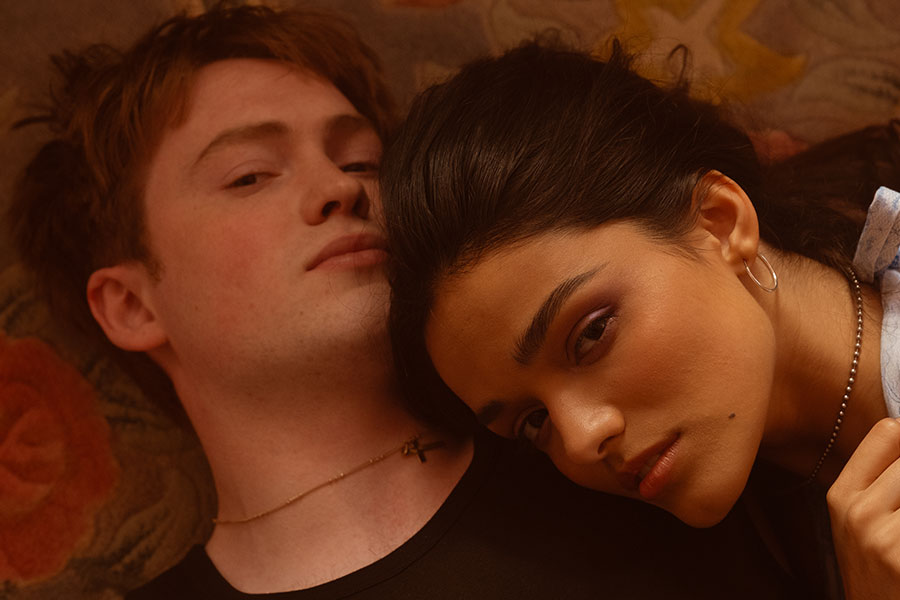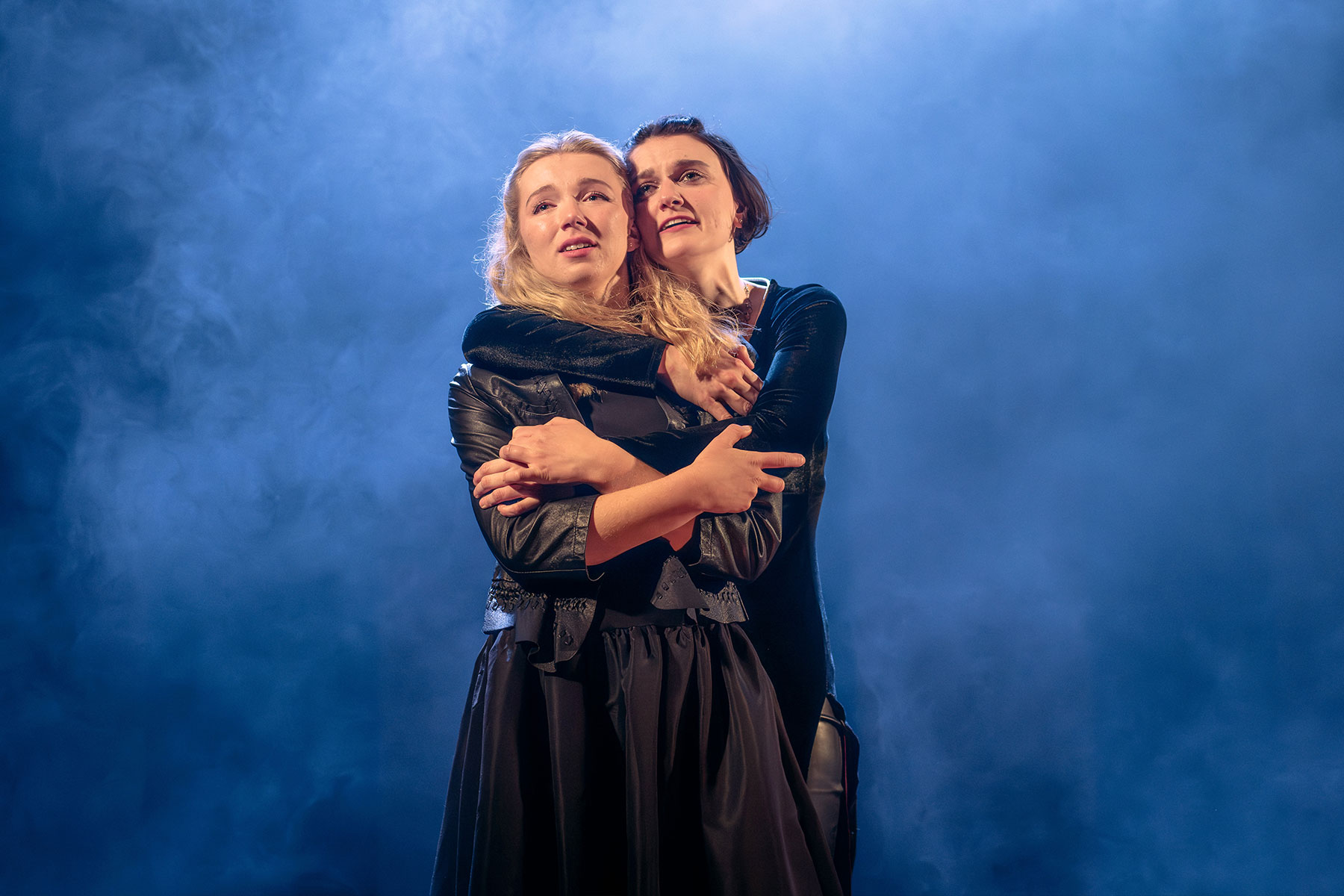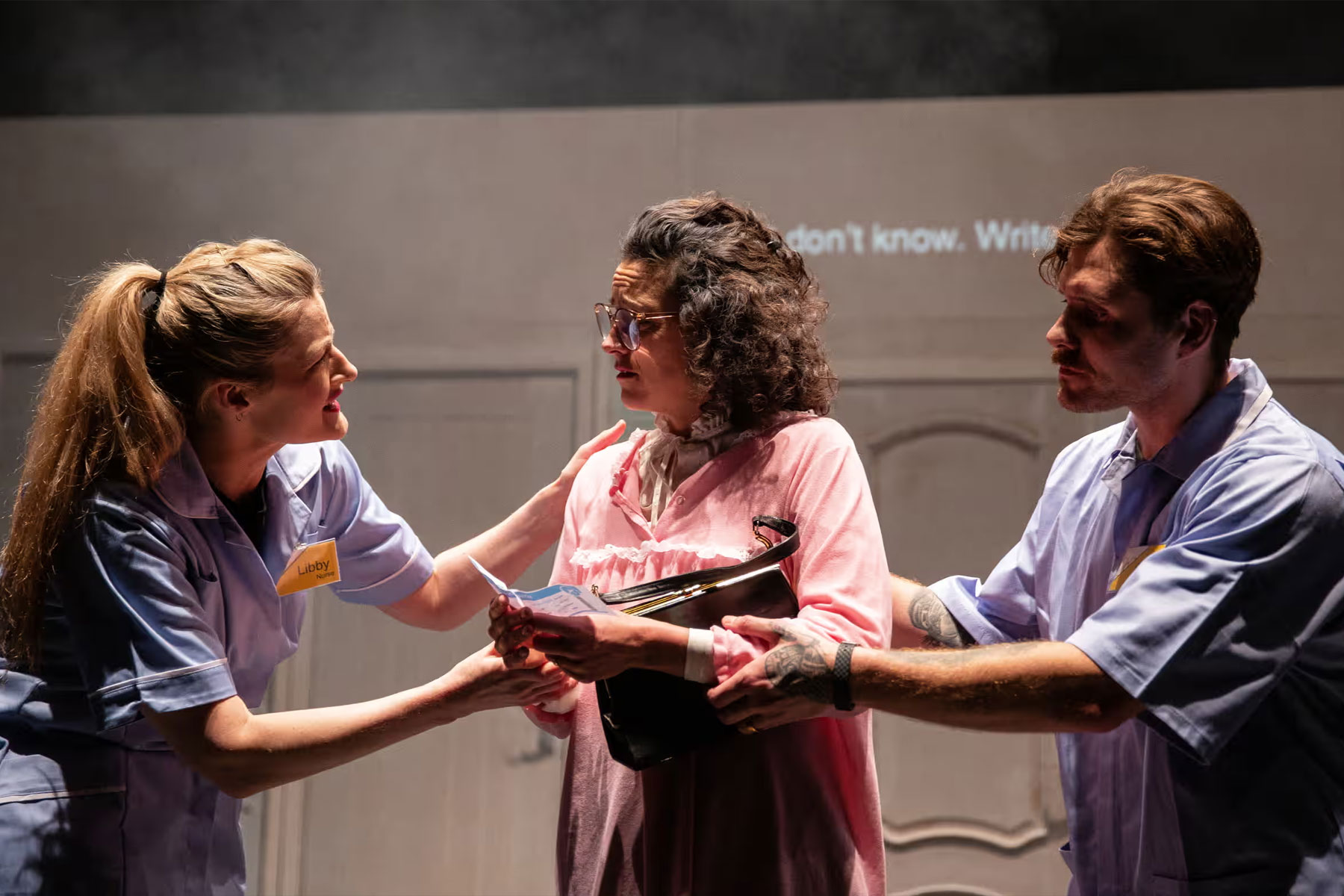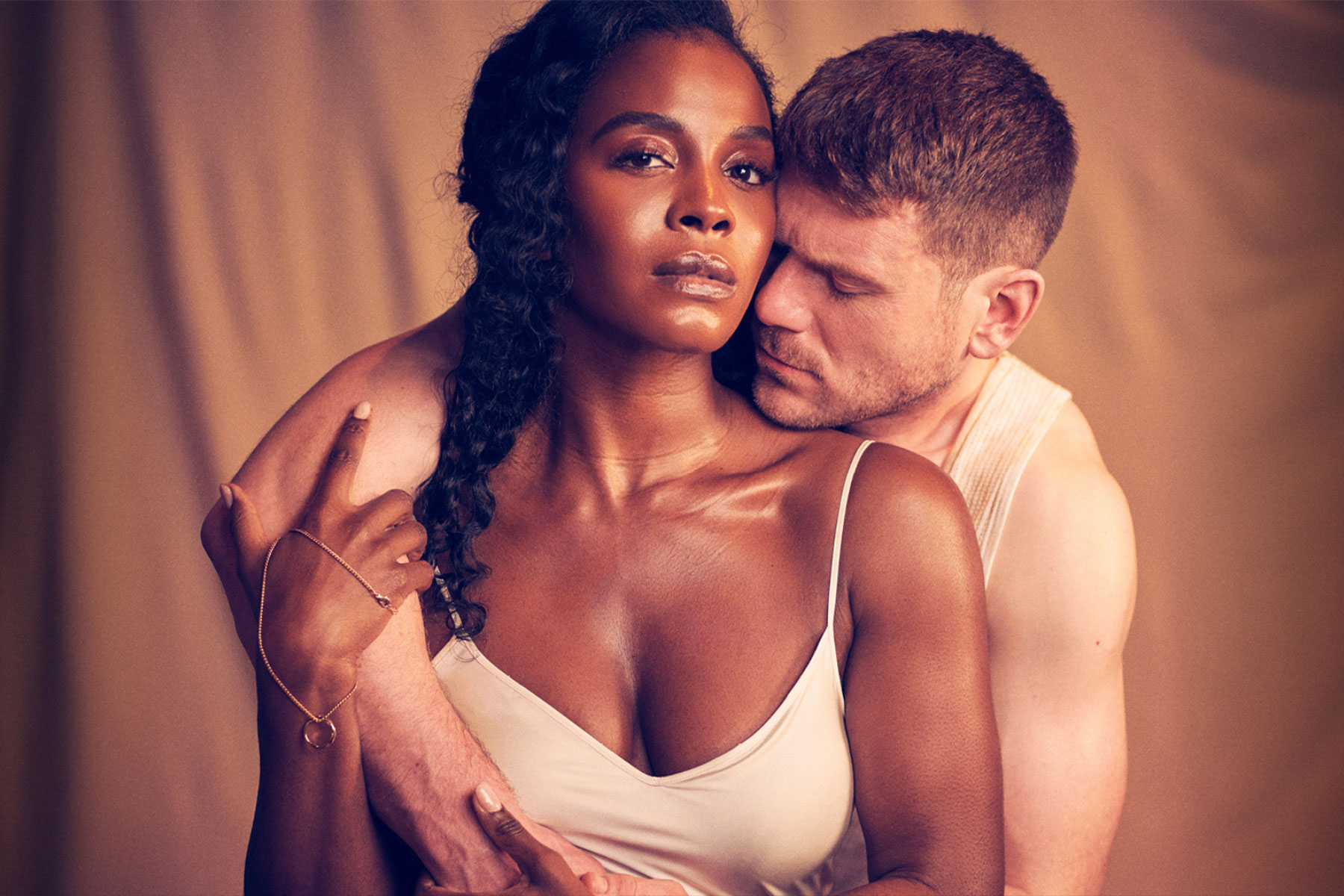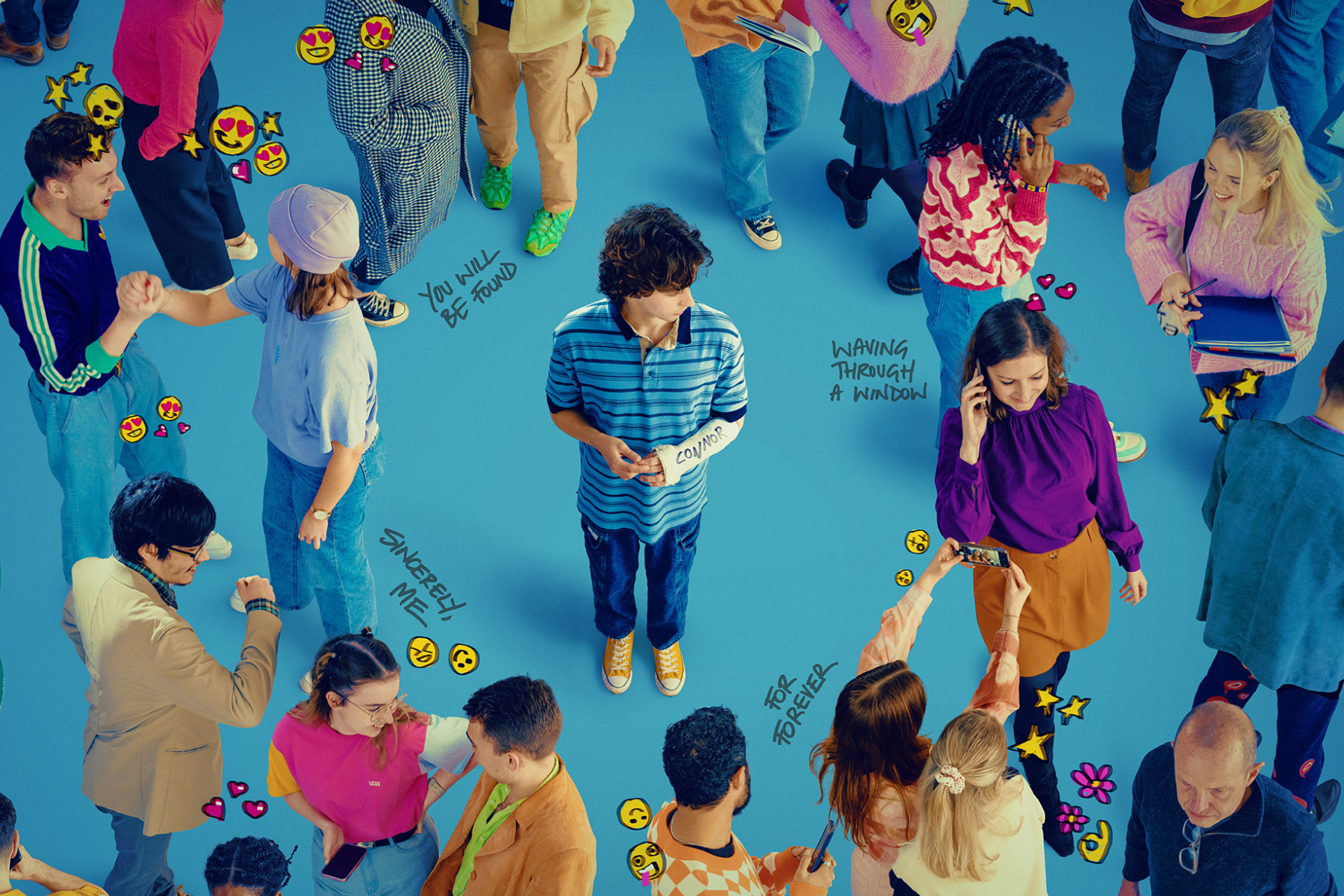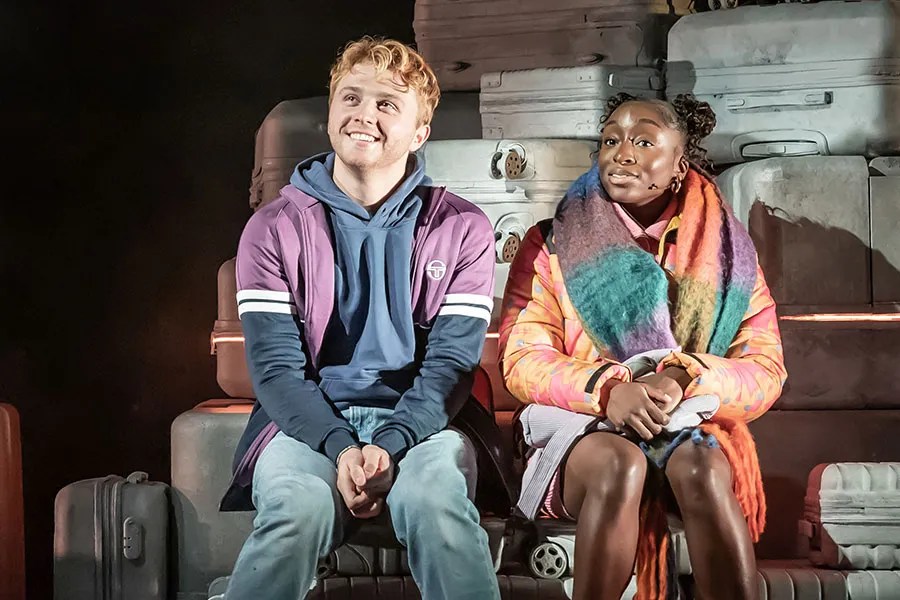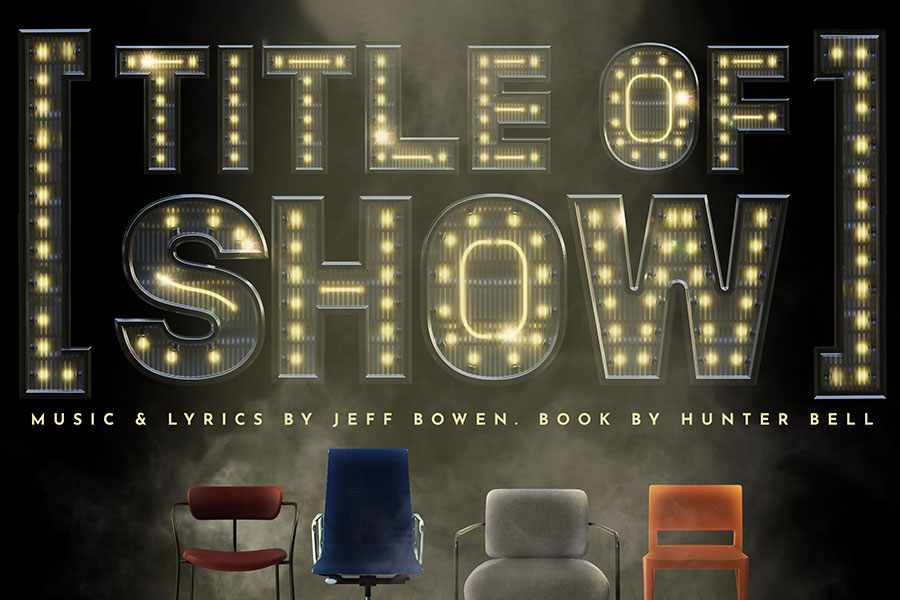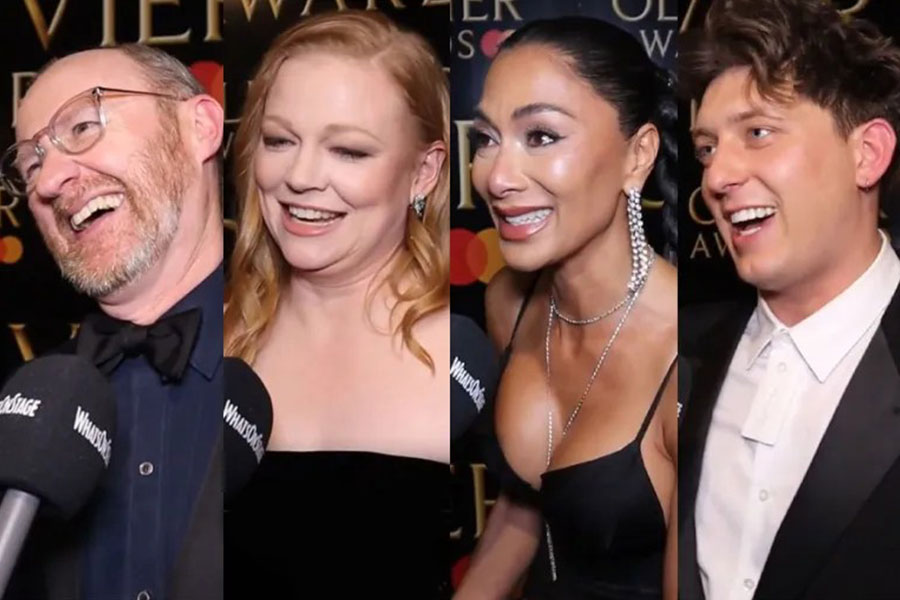Guest Blog: Jessica Brewster on Theatre Delicatessen’s Bush Bazaar
Jessica Brewster is a founding member and artistic director of Theatre Delicatessen, for whom she has directed The Winter’s Tale and curated the Theatre Souk festival at Picton Place.
Jessica started director as a student at King’s College London and RADA, before making her professional debut with A Midsummer Night’s Dream at Hampton Court Palace, after which she also directed High Cost of Living (Theatre503) and Our Country’s Good (Kingston Theatre).
Here she explains the thinking behind Theatre Delicatessen’s latest project, Bush Bazaar, which runs at the Bush Theatre from 31 July to 18 August 2012.
The idea was simple. I wanted to create a marketplace of theatre and performance that drew on the experience I so loved about festivals like Glastonbury.
The motivation was more complex. We were looking for a way in which we could fill the massive buildings we inhabit in a way that opens up access to artists and audience alike. This would be the culmination of the creative “hub” of multidisciplinary artists we had established, a cohesive performance piece of real scale that was like nothing else.
Most of all, it would be an opportunity to offer to support to new and emerging artists who, just like us, often struggled to find the space and time they needed to make the art they are so passionate about.
That was our ambition – and over the last two years it has grown. Our first Theatre Souk was staged at our building in Picton Place and involved 12 companies. Bush Bazaar at the Bush Theatre is the development of the “Theatre Souk” idea. The same rules of market place apply, the vision of bringing festival culture to the stage remains, but there are 21 companies involved and over 100 performers inhabiting every nook and cranny of the new Bush Theatre building.
When Madani Younis asked us to come and explore the whole of the fabulous old library building, which now homes the Bush theatre in a way that nothing else had before, it was an offer we couldn’t turn down. Particularly when we realised that it would be coinciding with the Olympics, and the anniversary of the London Riots. It was the perfect opportunity to explore how we value ourselves, as a nation, as a community, as individuals, and as artists and consumers.
The joy of working with so many companies and people with one clear goal is that a real sense of artistic family emerges. You’re never in it alone. If something goes wrong or doesn’t work, there’s someone there to step in and help, or at least distract.
The challenges are huge, and all relate to the real work on the ground. Where is power for the lights coming from? If one performer from one performance runs through another performance how is this going to happen in a way that adds to both? We have a completely unique system of money exchange where each performance collects its own money as part of the performance, so one of the first and last things we always have to resolve is, where, how and how much does each performance charge their audience?
Some of these aren’t resolved until after the event opens as the audience are so integral to the existence of it. Many are solved by the amazing production team who pull together the technical and logistical needs of the production. But the majority of challenges are solved by the artists themselves, through mass collaboration.
It is this collaborative approach which is the pulsing creative heart of the event. It’s the thing that helps us achieve all our ambitions, and scale the challenges of working with so many people in such a big space with relative ease.
What is so magical is that it puts the audience at the heart of the experience. Drawing on the festival ethos, there is no fixed route through the performance. You are free to make your own journey, to see what intrigues you, to be tempted by something new and to move on when you have had your fill. You even get to negotiate directly with the artists and performers on how much you are willing to pay for the experience.
As with all collaboration, there is a moment when we as the curators just have to let go. We have to trust the artists and their work, we have to let the piece evolve as the performance develops and we to stand back and let the audience create their own experience.
It is daunting in so many ways, but it is impossible not to get excited by it. We can’t wait to throw open the doors, and invite everyone to join the collaboration.



